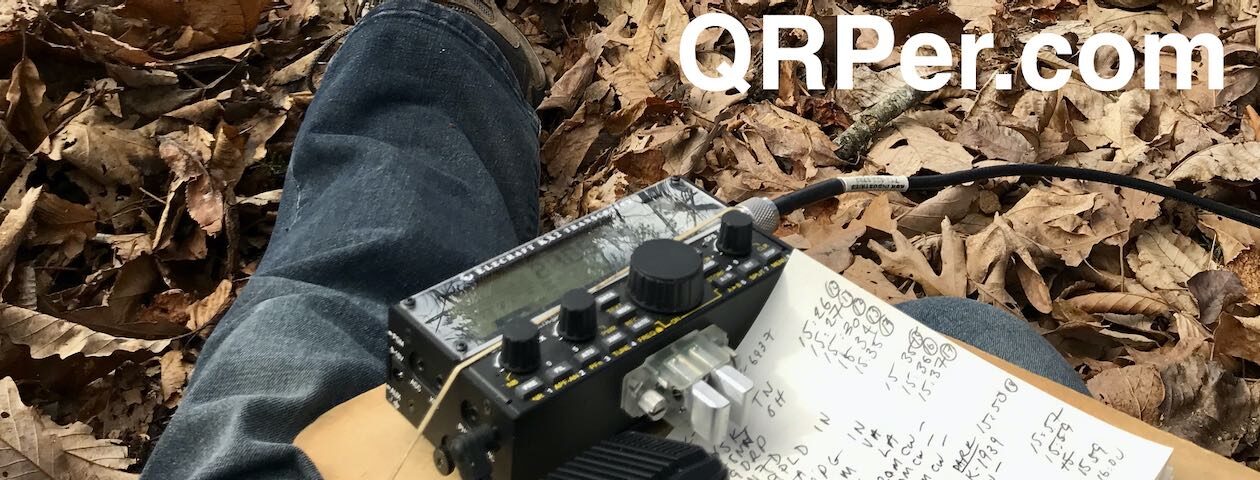Many thanks to Teri (KO4WFP) for the following guest post:
A Return to Butter Bean Beach
by Teri (KO4WFP)
Given the trip to Nova Scotia and then getting a cold upon my return to Savannah, Georgia, it had been awhile since catching up with the guys in my local club – Coastal Area Radio Club (CARS). They have a No Work Wednesday club that meets weekly, activating either Butter Bean Beach at the Wormsloe State Historic Site (K-3725) or Fort Pulaski National Monument (K-0930). This Wednesday, July 19th, they opted for Butter Bean Beach, hoping for a maritime breeze given the hot and humid weather.
I always arrive early at Butter Bean Beach on Wednesdays to get my CW activation out of the way as my local guys use SSB. I rolled into the parking lot around 7:30 AM and saw stuff already piled up on one of the picnic tables in the pavilion. Uh-oh.
I, then, saw people I recognized – Garret Jones and Lisa Goodman. Garret volunteers with Wilderness Southeast and Lisa is the organization’s Executive Director. Wilderness Southeast offers eco trips and group programs to connect people with the environment. On one of my past activations, they were at Butter Bean Beach with a group of ninth graders for their Fish Gotta Swim program. Also assisting Lisa and Garret today was Sierra Abbasi. They warned me that around 9 AM a group of kids would arrive for their kayaking camp. Good thing I had my noise-cancelling headphones!
Last time I activated this site, I used the EFRW antenna in a tree but I thought to try something different today. Frankly, I figured my SOTAbeams travel mast looked a bit lonely, especially since I had lugged it all over Nova Scotia but not deploying it once while there.
It didn’t take long to get the mast deployed and the antenna where I wanted it. Now how to deal with the feed-end? The night before, I recalled a recent conversation with a friend who suggested using gallon water jugs to hold the ends of an inverted V. I figured that might work just fine for attaching the feed-end and keeping it taut. It did!
As for the counterpoise, even though I received a comment on a previous trip report that the counterpoise does not need to be elevated, I thought “let’s just gild the lily and elevate it anyway.” So I put out my water bottle and attached the end of the counterpoise to that. Besides, I wanted to be prepared for kids possibly walking around my antennas. A black, thin wire lying on the ground would not be easily noticed. But one slightly elevated with neon pink flagging tape might.
It wasn’t long before I was on the air. When at Butter Bean Beach, I almost always start first on 40 meters due to the early hour. (Note: I did not check the band conditions before heading out that morning but good thing I didn’t because 40 meters obviously didn’t read that report either.) Continue reading KO4WFP: A Return to Butter Bean Beach





















































